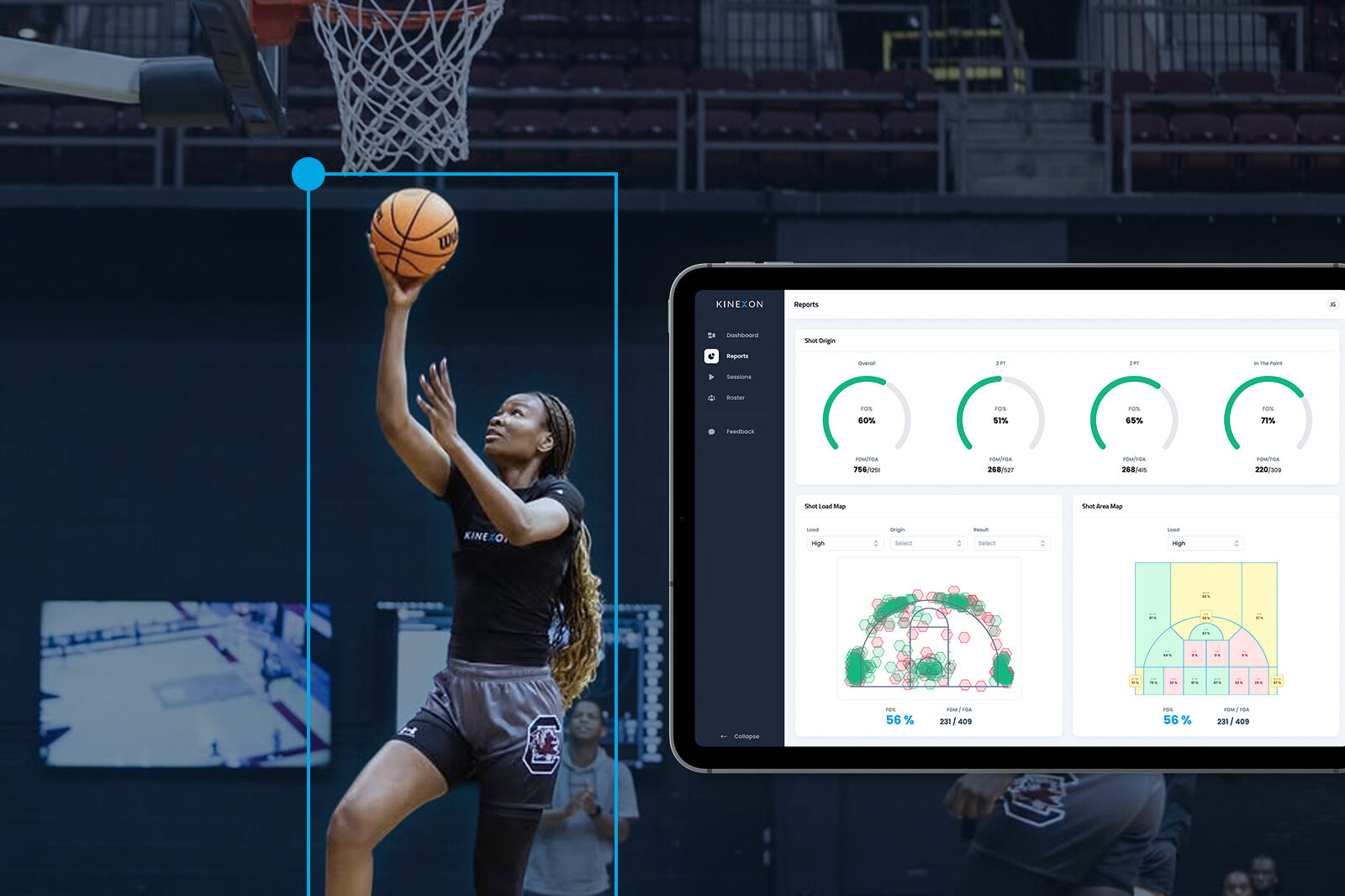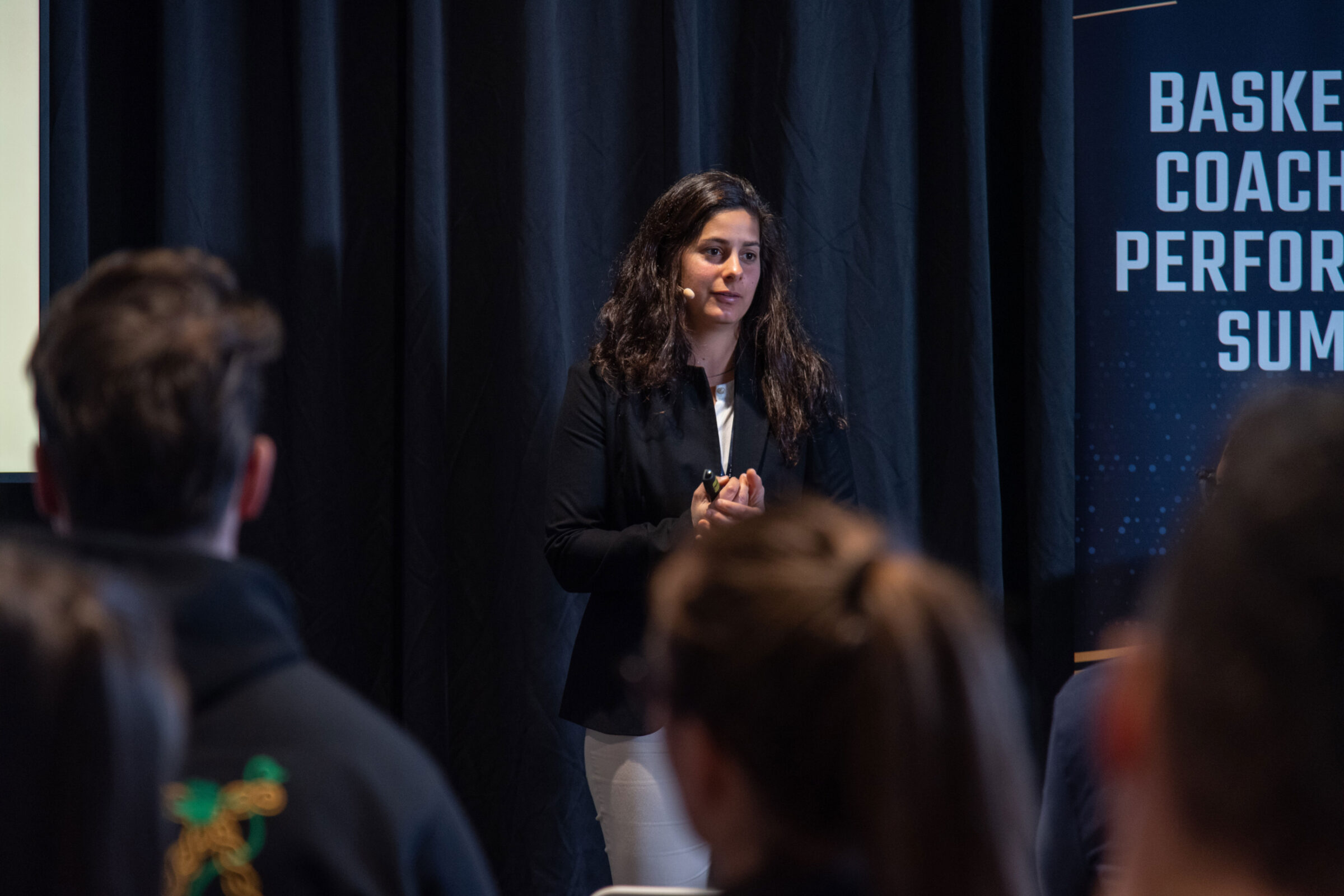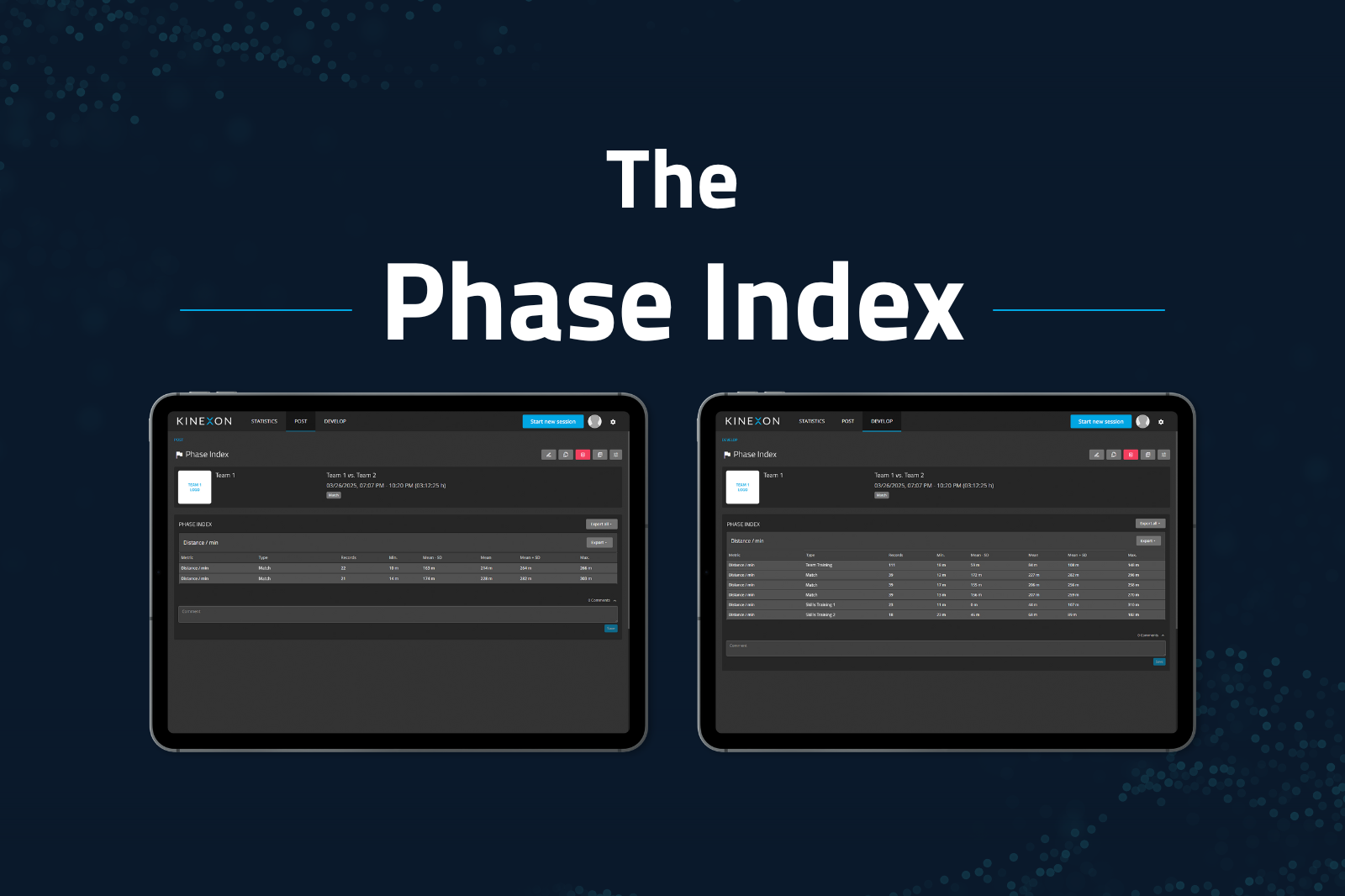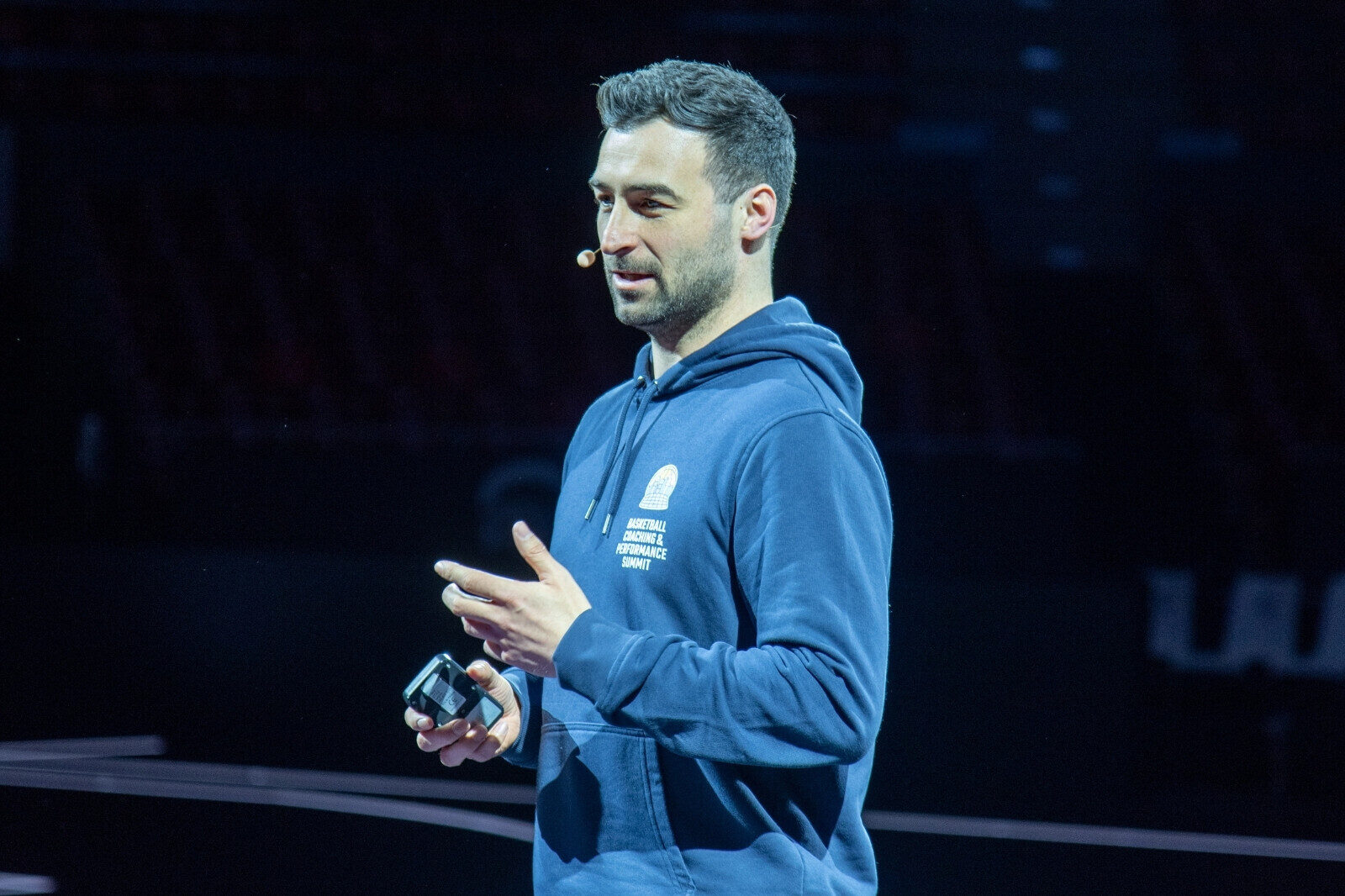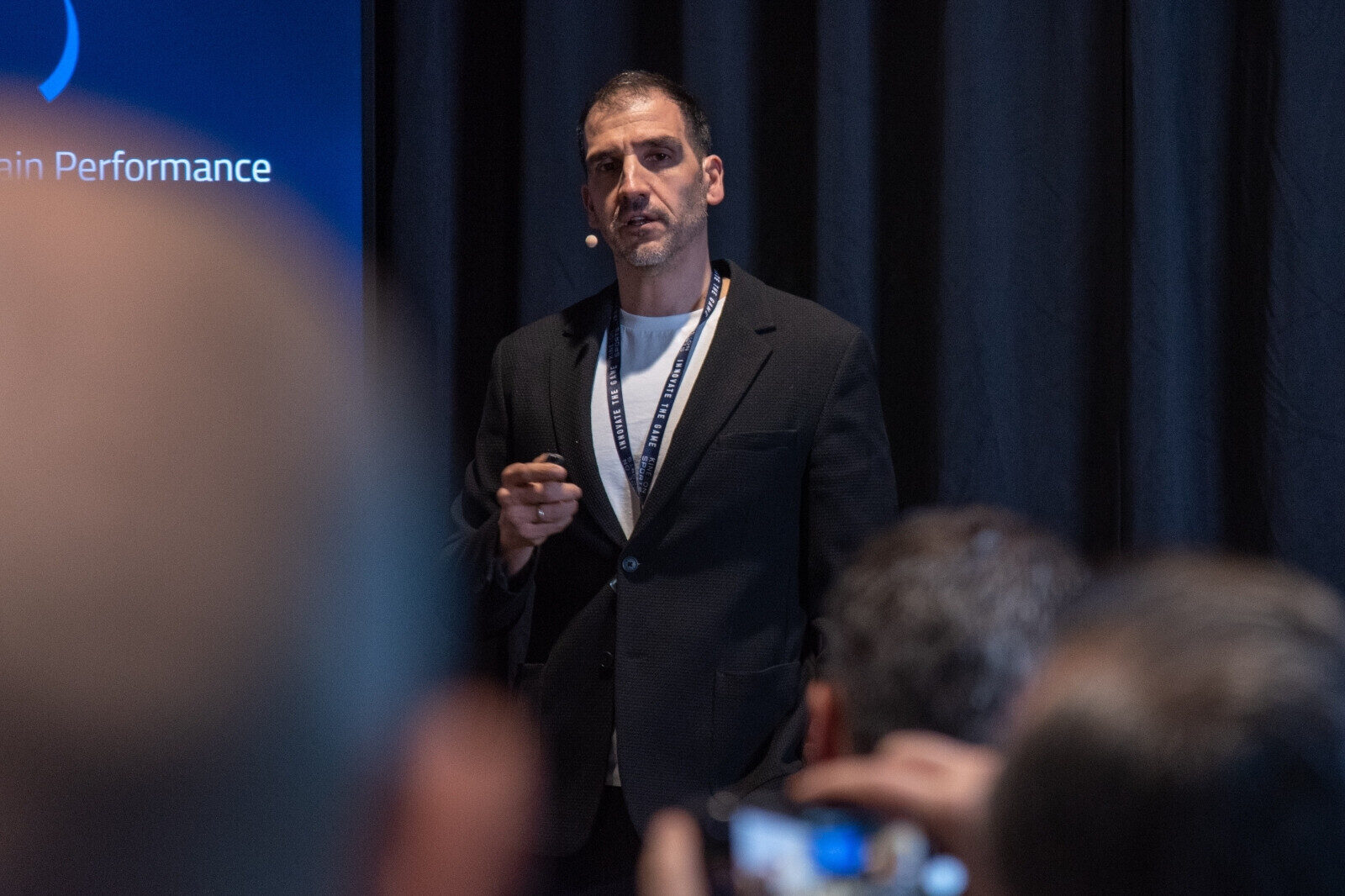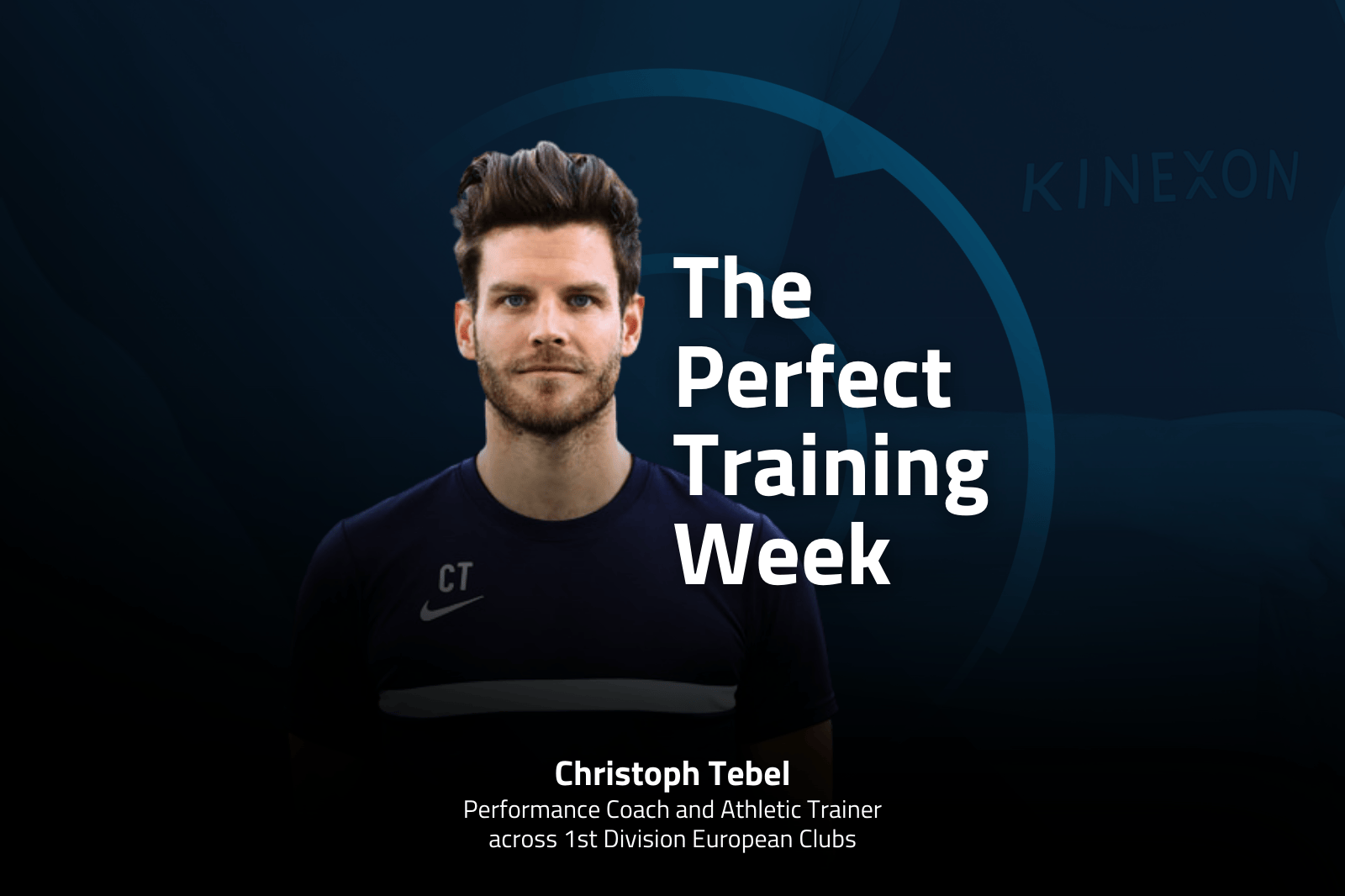What a Football GPS Tracker Can Do to Improve Performance on the Field
Author: Dave Grendzynski
Players and coaches are constantly seeking ways to gain a competitive edge on the gridiron. Enter the football GPS tracker — an innovative device that is worn in a vest, and is transforming the way teams train, analyze, and strategize.

We recorded a demonstration that highlights the benefits that KINEXON PERFORM GPS PRO provide. It’s the fastest and most accurate football tracker on the market.
This video will show you several things, including:
- How easy it is to set up and use PERFORM GPS PRO.
- The most lightweight and fastest player tracker tags available.
- A look at how to set up your dashboard, the type of information you can collect on your players, and how to send it from the small GPS tracker directly to the AWS Cloud.
- Ways to implement tracking technology into drills.
- How to download and use the data for practices and matches.
It provides invaluable insights into player performance, optimizes training sessions, and enables data-driven decision-making on the field.
Start Using the Only Athlete Monitoring System with a Fully Automated Workflow
The Power of GPS Football Trackers

GPS football trackers have become a game-changer in the realm of sports technology. These wearable devices are equipped with advanced GPS sensors that collect real-time data on player movement, speed, distance covered, acceleration, and even positional heat maps.
By harnessing this wealth of information, coaches and players can gain a competitive edge by developing a comprehensive understanding of player performance, tactical positioning, and overall team dynamics, leading to improved decision-making and a more strategic approach to the game. Here’s how:
1. Analyze Player Performance: GPS football trackers provide invaluable insights into player performance by capturing and analyzing a wide range of metrics, including:
a. Speed
b. Distance Covered
c. Intensity Levels
This information helps coaches identify players who consistently give their all and make informed decisions about substitutions and tactical adjustments.
2. Optimize Training and Recovery: One of the key advantages of GPS football (soccer) trackers is their ability to optimize training sessions. By analyzing data collected during practice, coaches can tailor training routines to individual player needs and position-specific requirements.
3. Load Management: Athlete trackers provide insights into player workload, enabling coaches to strike the right balance between training intensity, which minimizes the risk of injuries.
4. Providing a Tactical Advantage: GPS football trackers empower teams to gain a tactical advantage by offering detailed positional data and heat maps. Coaches can analyze and entertain unique strategies, like:
a. Player movement patterns
b. Positioning on the field
c. Interactions between players
This allows for more effective game plans and formations.
5. Identify Strengths and Weaknesses: A data-driven approach to game analysis also helps teams identify strengths and weaknesses, exploit opponents’ vulnerabilities, and make strategic decisions that can turn the tide of a match.
Change The Way Your Team Trains

By providing invaluable insights into player performance, optimizing training sessions, and offering a data-driven approach to tactical decision-making, GPS football trackers have become an indispensable tool in modern football.
Our GPS football trackers will provide your team with even more detailed analytics and insights. It also works great for American football players.
To learn more about just how far technology has advanced feel free to contact us at any time.

